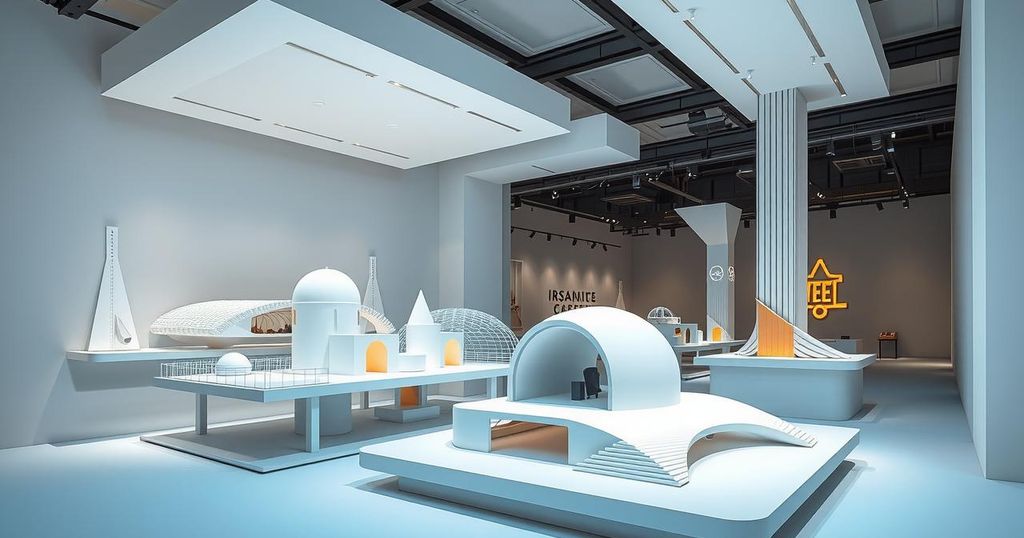How AI is Expanding Architectural Creativity and Inquiry
AI is revolutionizing architecture, pushing creative boundaries through tools that enhance design rather than replace human talent. The “Transductions” exhibition at Pratt Institute showcases innovative works by architects exploring AI’s generative potential. Key figures emphasize the role of AI as a significant tool for expanding architectural inquiry rather than a detractor from traditional practices.
Artificial Intelligence (AI) is transforming the architectural landscape, expanding its boundaries beyond mere physical structures into theoretical realms. By crafting visuals, narratives, videos, and music, AI sparks a creative revolution in architecture. Architects are now viewing AI as a tool that enhances their imaginative processes rather than a threat to their profession. This shift is particularly evident in exhibitions like “Transductions: Artificial Intelligence in Architectural Experimentation” at the Pratt Institute in Brooklyn.
Curated by Jason Vigneri-Beane, Olivia Vien, Stephen Slaughter, and Hart Marlow, the exhibition showcases the work of over 30 artists exploring AI’s generative and collaborative abilities. These practitioners have been on this path long before AI entered the mainstream, focusing not on immediate architectural solutions but on the formative stages of AI’s role in architecture. The exhibition represents an exploratory dialogue between traditional architecture and emerging digital technologies.
Historically, technology has enabled architects to redefine forms and functions. Since the launch of early software like Sketchpad in 1963, traditional hand-drawing techniques evolved into sophisticated tools like Revit and BIM. These advancements aid in producing detailed plans, promoting energy efficiency, and ensuring compliance with building regulations.
Vigneri-Beane emphasizes that while some peers fear AI’s potential, he views it as a revolutionary tool rather than a job killer. He acknowledges the learning curve associated with AI-driven design, stating that it necessitates significant investment of time and creative effort. Through this process, architects refine their skills and enhance their visual perception, tapping back into dormant creative abilities.
Vien echoes this sentiment, recognizing AI as an influential tool in the architectural dialogue. She believes that while it won’t encompass the entirety of the profession’s future, it enriches the mediums architects can explore, offering fresh avenues for generating ideas and representing their visions.
AI is steadily reshaping the architectural sphere by introducing new possibilities and tools for innovation. Exhibitions like “Transductions” illustrate the profound impact of AI in stimulating creative exploration among architects. As existing technologies have previously transformed the field, AI is now seen as a promising extension of this journey, enhancing techniques while fostering collaborations that challenge conventional practices. Embracing AI could redefine architectural narratives, ultimately capturing a future where imagination and technology converge.
Original Source: www.technologyreview.com




Post Comment